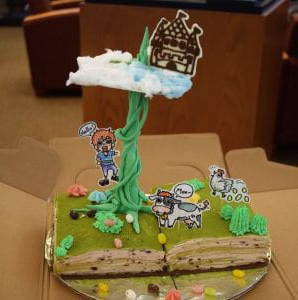 March 2024
March 2024
Do you like The Great British Bake Off? How about puns? Do books delight you? If the answer is yes to one or all of these questions, the International Edible Book Festival is for you! We are delighted to announce that the International Edible Book Festival is making its return to Chatham after a four-year hiatus(COVID). This tradition, sponsored by the JKM Library and Chatham’s food studies program, will be back for its 9th installment on Monday, April 8th from 4-6pm on the first floor of the JKM Library We know many of you have never had the pleasure of experiencing the International Edible Book Festival, so this post is here to answer all (or hopefully most) of your questions. Have more? Contact Reference and Outreach Librarian Jocelyn Codner!
What is the International Edible Book Festival? Started in 2000, this celebration of food and reading brings communities together to share creative literature inspired food or beverage items (the ‘edible books’ in question). Contestants sign up to bring an ‘edible book’, and on the day of the event they present their book to judges and attendees. The judges taste and evaluate each entry and award prizes, and the attendees vote on their favorites for the People’s Choice prize. A wonderful time is had by all! What does the event look like? We set up a bunch of tables in the JKM Library’s first floor lobby. Contestants set up their ‘edible books’ for display, and the judges begin their tastings and deliberations. Once the judges have had a chance to taste all entries, the tasting is opened up to all attendees. Attendees enjoy the ‘edible books’ and vote for their favorite (thePeople’s ChoiceAward).After everyone has had a chance to taste, vote, and socialize, we then announce our winners and distribute our prizes! (click the above picture for more)


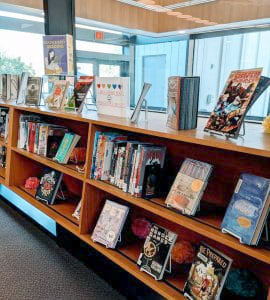
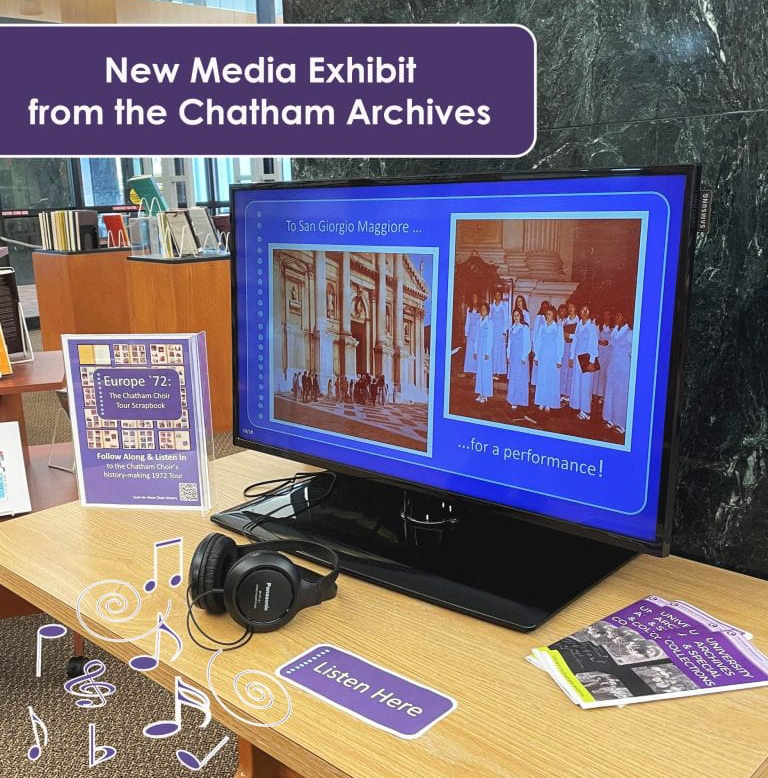
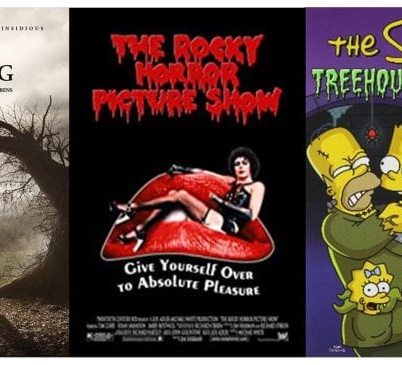 October 2022
October 2022
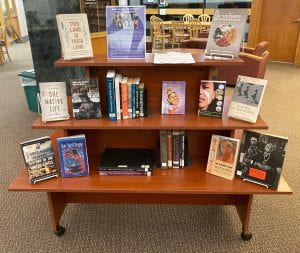
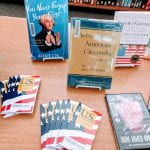

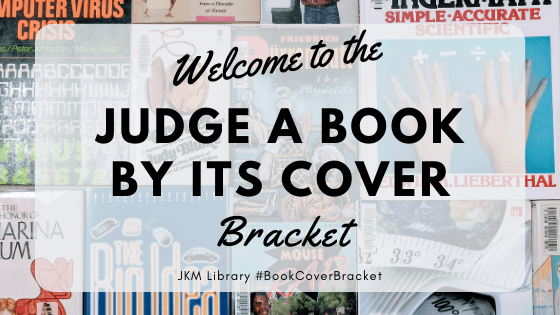 February 2021
February 2021
The solar eclipse wasn’t the only monumental event to happen on Monday, April 8th! The library once again teamed up with Chatham’s food studies program to bring back our much loved and much missed International Edible Book Festival for its ninth installment. Prior to COVID-19, this internationally recognized event was celebrated by Chatham annually, and we were delighted to finally resume the celebrations after a four-year hiatus. Started in 2000, the International Edible Book Festival celebrates the loves of food and reading. It brings communities together to share creative literature inspired food or beverage items (the ‘edible books’ in question). Contestants sign up to submit an ‘edible book’, and on the day of the event they present their book to judges and attendees. The judges taste and evaluate each entry and award prizes, and the attendees vote on their favorites for the People’s Choice prize. In 2024 we had four teams and individuals enter ‘edible books’ to the festival’s contest, and our amazing team of faculty judges (Heather McNaugher, Marc Nieson, and Barbara Ann McMonigal) did their sworn (voluntary) duty! We also had about 30 to 35 attendees filter through the festival, tasting ‘edible books’ and voting for their favorites for the People’s Choice awards.
A huge thank you to Director of the Food Studies Program Alice Julier (and the food studies program as a whole) for the financial support, Falk School Program Assistant and Apiary Manager Rebecca Nathan for all of the logistical and creative support, and FSSE graduate student Grayson Skupin for helping brainstorm creative details. This event would not have been possible without you!
Best Tasting went to Aidan Bobik and Evelyn Fay for Harry the Dirty Dog (“dirt” )
Most Creative Literary Interpretation went to Kate Emory for Madeline (madeleines)
Most Likely to Impress Rachel Carson went to Jocelyn Codner for A Connecticut
Yankee at King Arthur’s Court (half-moon cookies / eclipse cookies)
People’s Choice (popular vote) went to Aidan Bobik and Evelyn Fay for Harry the Dirty Dog (“dirt”) Grand Prize went to Dan and Sean Nolting for Cat’s Cradle (kitty litter cake). Their inventive submission managed to both disgust and delight attendees. Alice Julier and Rebecca Nathan had a wonderful time acquiring fun and creative prizes for our winners. Many of the prizes were bee, honey, or pollinator themed, as Rebecca was also hosting a week of pollinator events up at Chatham’s Eden Hall campus via the Eden Hall Apiary. Many people were lucky enough to get a jar of delicious local honey from the EHA! Prize cart!
Thank you to the entire Chatham community for helping us keep this tradition alive. We hope you all join us for our big 10-year celebration in 2025. We’re cooking up ways to make it absolutely fantastic. Until then, we hope you all enjoy your creative moments in the kitchen and are blessed with many incredible books.
Commenting on blog posts requires an account.
Login is required to interact with this comment. Please and try again.
If you do not have an account, Register Now.